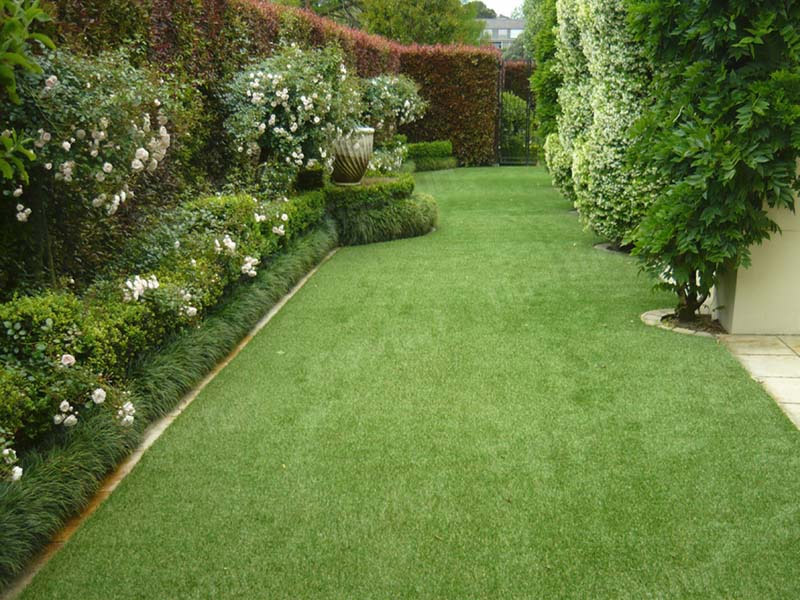
Thinking about the lawn?
Hints for getting you started in spring
When the season changes in spring and the growth returns, it’s the best time to give your lawn extra care and attention aiming on that thriving green lawn throughout the summer months.
Early and regular maintenance delivers great results throughout the summer. As the grass starts to grow in spring, we recommend that you begin with regular mowing – this will allow the lawn to grow steadily and deters weed growth.
1. Getting started
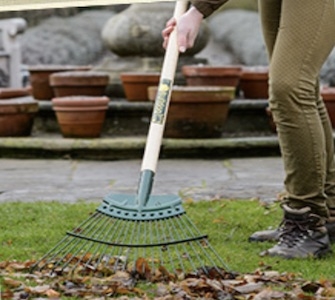
Assuming its dry , check over the grass area for any debris, toys left out etc or stones that could be damaged or be a risk to the blades.
(It needs to be dry as this will allow the blades to cut better and not clogging with wet grass).
2. Height of the first cut of the year
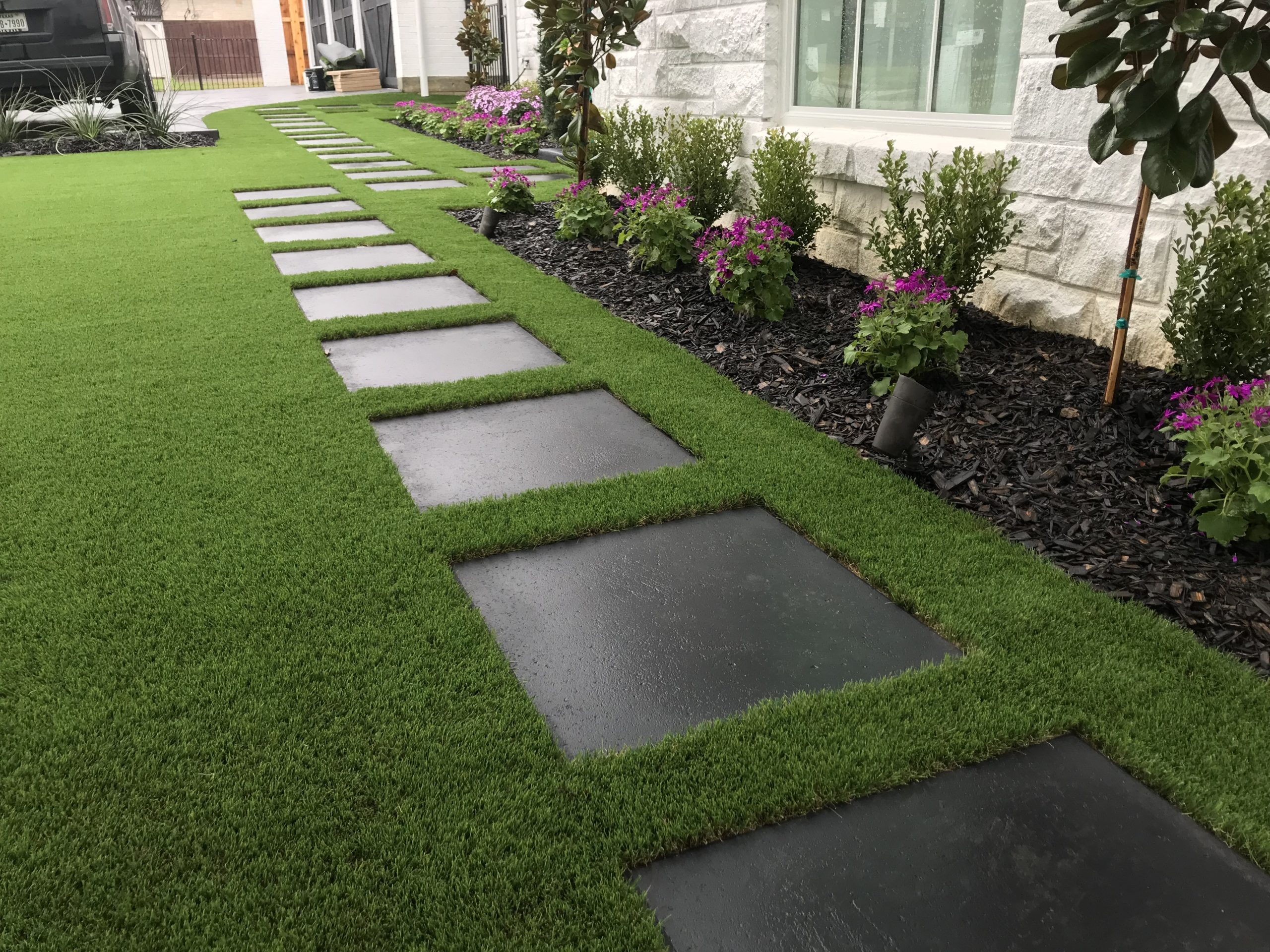
For your first cut of the year, keep the mower at a high setting. A good height for spring & autumn is 4cm (1½in) and 2.5cm (1in) for the summer. (RHS approved heights)
Never take off more than a third of the height.
Remember to rake and collect your clippings to prevent any fungal growth. (later in the summer you can leave clippings on on the grass if you want to help retain moisture).
3. Mowing basics
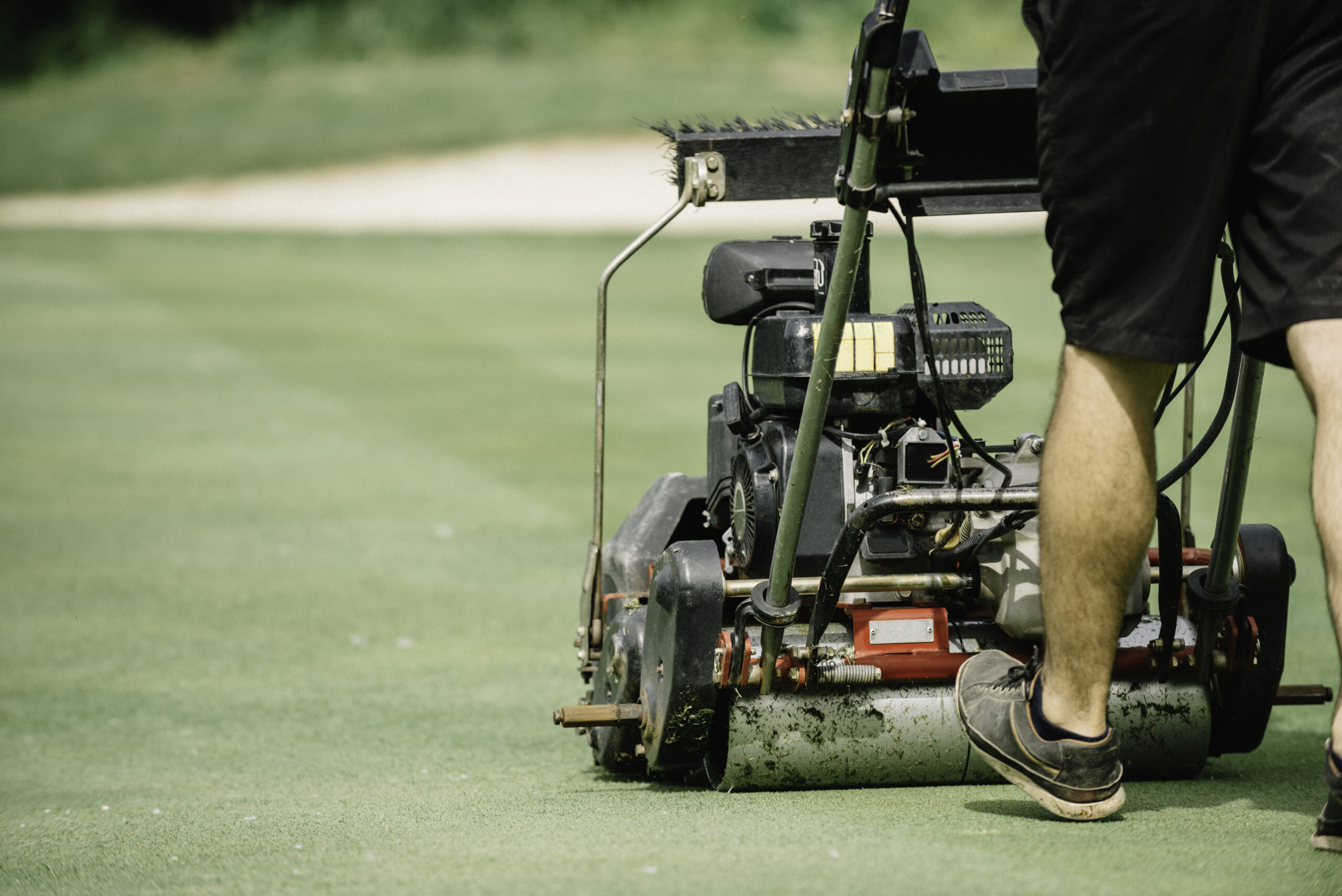
Best results are had if you mow up and down in straight lines.
Don’t be afraid to overlap to avoid missing bits. Many of us will mow weekly through the season. Do try to cut in a different direction each week.
If you want that striped look, you need to have a mower with a roller. Finally mow around the edges and use a edging shears or hand clippers to finish off.
3. Finished looks & feeding
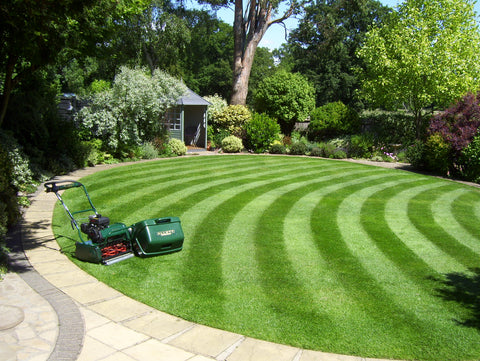
We recommend that you use a a half-moon edging iron in spring to establish that smart edge to your lawn.
Cut a 7.5cm (3in) ‘gutter’ around your lawn and this will discourage the lawn creeping into your borders. Most lawns will grow perfectly well without being fed. Traditionally, fertiliser is applied in spring to improve vigour and help prevent weeds and moss from establishing. Our changing climate means that drought is now a bigger factor (than lack of feeding) and this will allow weeds and moss to establish in lawns.
To really give your lawn a boost, you will need to apply a lawn feed. Choose a specific spring/summer lawn fertiliser and apply it at the manufacturer’s recommended rate in mid-spring, while the lawn is green and actively growing (usually late March/April).
These feeds are high in nitrogen, to boost leafy growth, with slow release nutrients.
The three key plant nutrients usually derived from soil are nitrogen, phosphorus and potassium, while carbon, oxygen and hydrogen are absorbed from the air. Other vital soil nutrients include magnesium, calcium and sulphur. Gardeners can add nutrients by applying fertilisers (either artificial or naturally derived) to boost plant growth and improve flowering and fruiting.
Apply the fertiliser evenly across the lawn, ideally in cool, moist conditions when rain is expected, or lightly water it in afterwards. If your lawn still looks below par in a couple of months, you can try another application, but not beyond August, as that would encourage green leafy growth too late in the year, when it could be damaged by winter cold, pests or disease.
Worm casts are a sign of healthy soil, but you can brush them off with a hard broom once they dry out.
Patches can be readily re-seeded in the growing months – rake over with a spring-tined rake, apply a layer (2mm) of a sand/soil mix with seed, water well.
Algae and fungal diseases such as fusarium patch can be avoided by pruning back overhanging trees or shrubs to improving the airflow and light.
Moss can be removed with a spring-tined rake first. If that isn’t successful, you could apply a moss killer, then rake out the debris after a couple of weeks.
Source: RHS
trade account and newsletter enquiries
Follow Us:
Betty’s Farm
The Castle Way,
Willington,
Derby, DE65 6BW
Tel: 01283 732755 / 01283 731726
Email: info@talbotturf.co.uk
© 2023
